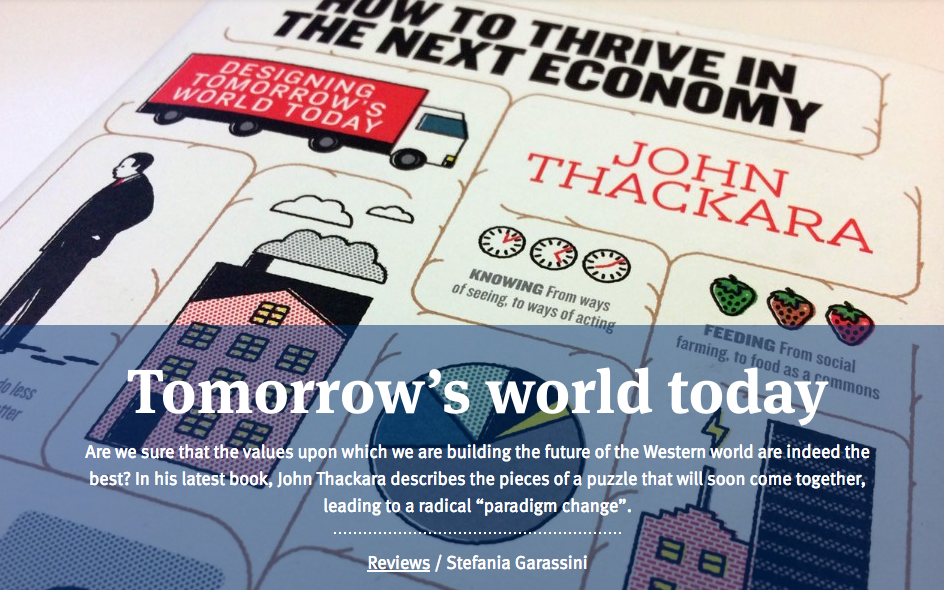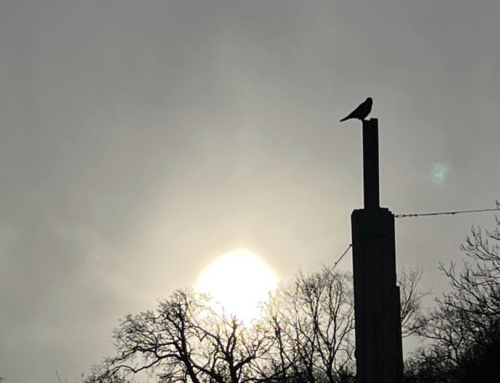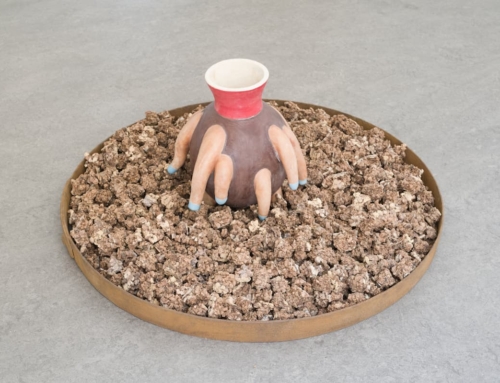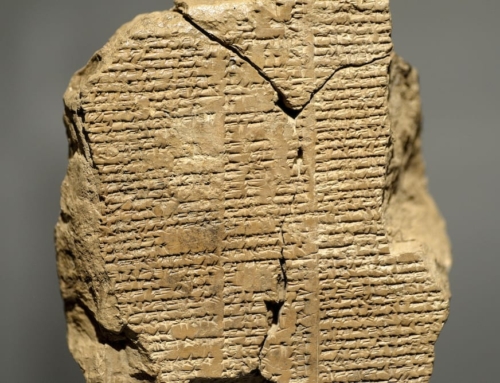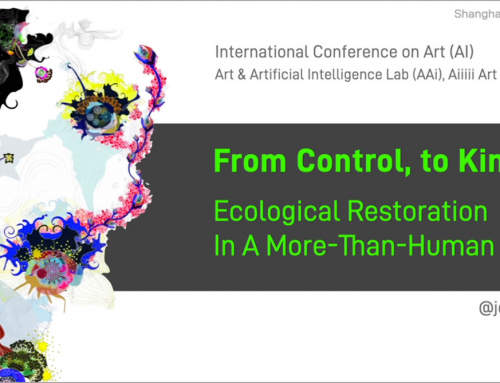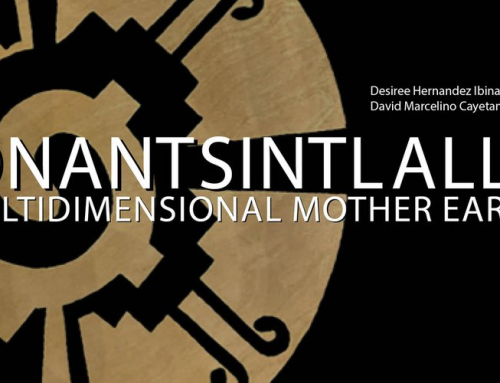“The last thing we need to see the world with new eyes is a virtual reality headset“. On a recent visit to Milan, I was interviewed for Domus by Stefania Garassini. The Italian version is online here; the English one is here.
(Domus intro) When you hear someone quote Marcel Proust – “The real voyage of discovery consists not in seeking new landscapes, but in having new eyes” – there is a temptation to dismiss them as just another utopian, a dreamer who might have inspired ideas but cannot translate these into anything practical. Nothing could be further from the truth if the person in question is John Thackara, a philosopher, writer, event-organiser, thinker ranging across the boundaries between design and economics, and the author of numerous books – his most recent is How to Thrive in the Next Economy (Thames & Hudson).
Interviewed at the Triennale in Milan at the “Future Ways of Living” event (31 May), Thackara is one of those rare people who can open up huge intellectual vistas, but who can also give a very practical idea of the tools to use to realise them. To do that, he points to projects from around the world that interweave design, urban and rural planning, energy efficiency, and new ways of sharing resources, and in which communication technologies play a key role, but always in the service of the real needs of the people who live in a specific place with well-defined – and resolvable – problems. It is through these myriad small solutions, conceptualised and then put into practice, that the world will change. Thackara mentions here the theory of complexity: tiny changes can accumulate over time until one final alteration, apparently irrelevant in itself, provokes a radical transformation across the whole system.
Talking with this unique thinker – as we had the opportunity to do during his stay in Milan – means moving constantly from the plane of general ideas to that of small, practical, everyday things, where design, given a broader and in some ways innovative interpretation, can make a decisive contribution.
Q: What is the contribution of design today?
A: It is the task of design to help us look at everything that surrounds us in a new way: to examine and evaluate the materials and structures – and, in general, everything that characterises a specific place. It is then up to the designer to find new, creative solutions to connect efficiently the people who live in the same area, but who have different expertise and interests. The third type of contribution, which is perhaps tied more closely to the traditional idea of design, is to give practical form to a story – the story of a place, for example. This should not remain a simple narrative, but can be translated into an object or practical service, one that can be shared, discussed and express a point of view.
Q: Have there already been examples of services created in this way?
A: One very interesting example is the French site La Ruche qui dit oui, which started thanks to the contribution of a designer who is also a chef, Guilhem Chéron. In 2009 – using his experience with ethical purchasing groups – he came up with a new model for putting citizens in direct touch with farmers. The aim was to make the model more efficient and logical, offering consumers more choice and a wider network, with good prices and favourable conditions for the various actors in the game. Being a chef helped him make a very careful choice on the quality of the raw materials. Another example is a Maine farmers’ group, which has redesigned the way in which their products are distributed, and has also enhanced transport by boat as far as New York. These are projects that are sometimes very ambitious: they dare to imagine a world very different from the one that exists now.
Q: What, in your view, are the changes needed most urgently today?
A: I often think of a simple question that can have far-reaching results if you ask it seriously and try to answer it: “Where did my meal come from?” Once we know the answer to that, the second question is: “How healthy is the place where it came from?” We should start afresh from the need to bring ourselves back into contact with the basic materials: food, air and water. This is the only way in which we can start to develop a different mindset and reach what I call “ecosystem thinking”. An interesting example is the West Country Rivers Trust, which is working to safeguard rivers in the southwest of England. A river is part of the heritage of an area, but they were polluted and no one seemed to be asking why. We started by showing very clearly, in visual terms, all the points at which a specific river is polluted by the behaviour of the people living or working on its banks. So we led people to wonder what they could do to remedy the problem. We designed a new form of association for environmental conservation based on the medieval “guild” model: someone cleans the river, someone else convinces the farmers not to pollute it with pesticides, and so on. We gave back to the people living in the region the ability to establish a form of contact with their rivers.
Q: For several years, you have organised the Doors of Perception festival, which explores the cutting edge of technology, from the most innovative Internet developments to virtual reality – and doorsofperception.com is still the title of your blog, which provides extensive documentation of the projects and workshops that you have organised around the world. What, in your opinion, is the role of technology today in opening these “doors of perception”?
A: Web technologies are obviously fundamental for facilitating projects connecting people. It is very important that these involve encrypted, secure communications, so that you can share aspects of various projects that you do not want to make public, such as the assessments made by a community of each person’s work. I do not see a future for the dominant model today in the information technology industry, which is based on a hectic rush towards new products. I am no longer so interested in complex, costly technologies like virtual reality or robotic systems. I believe instead that we should recover a little of “hacker culture”, following the example of what is happening in countries like India, where the residents of whole city block make their living from repairing electronic objects with recycled materials, with the new deriving harmoniously from the old.
John Thackara certainly does not yearn nostalgically for a totally technology-free world. But after talking with him, it is clear that the last thing we need to see the world with new eyes is a virtual reality headset.
